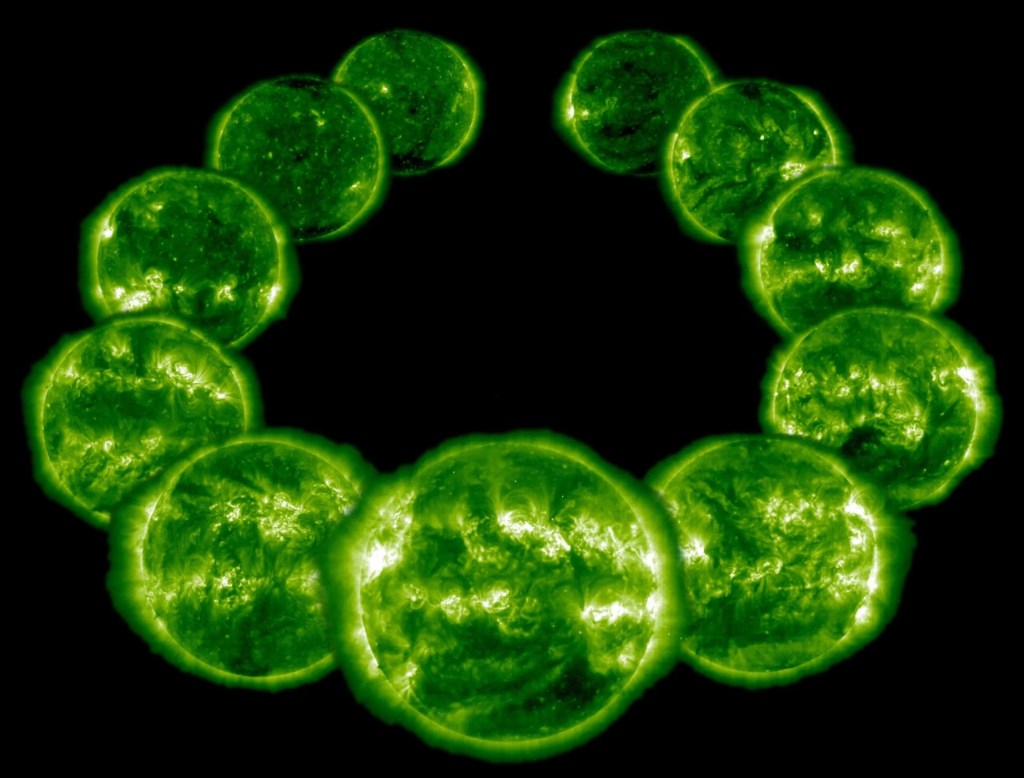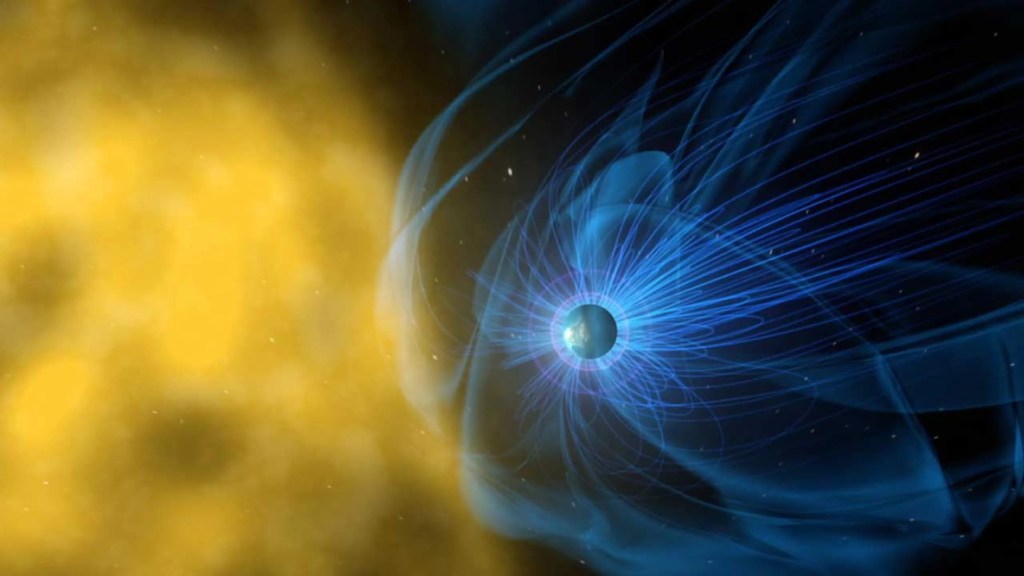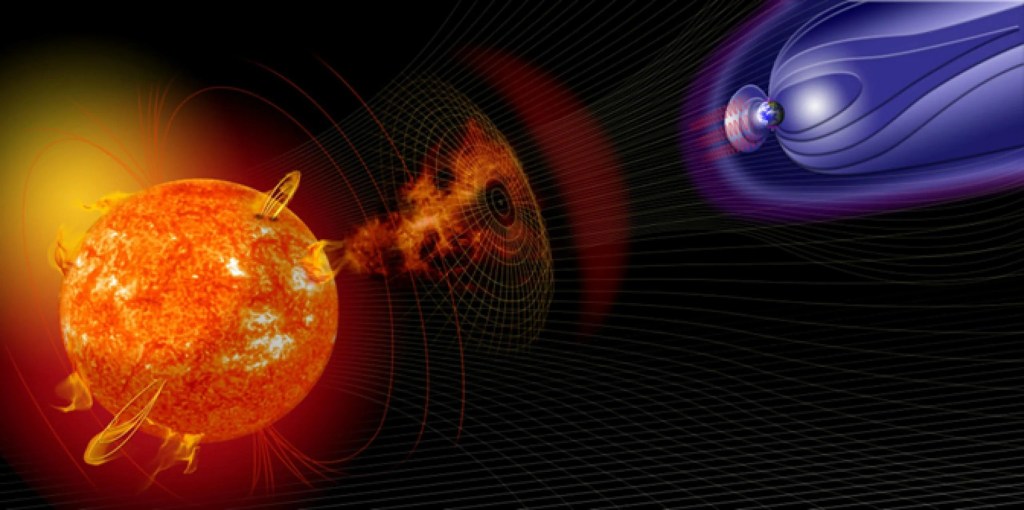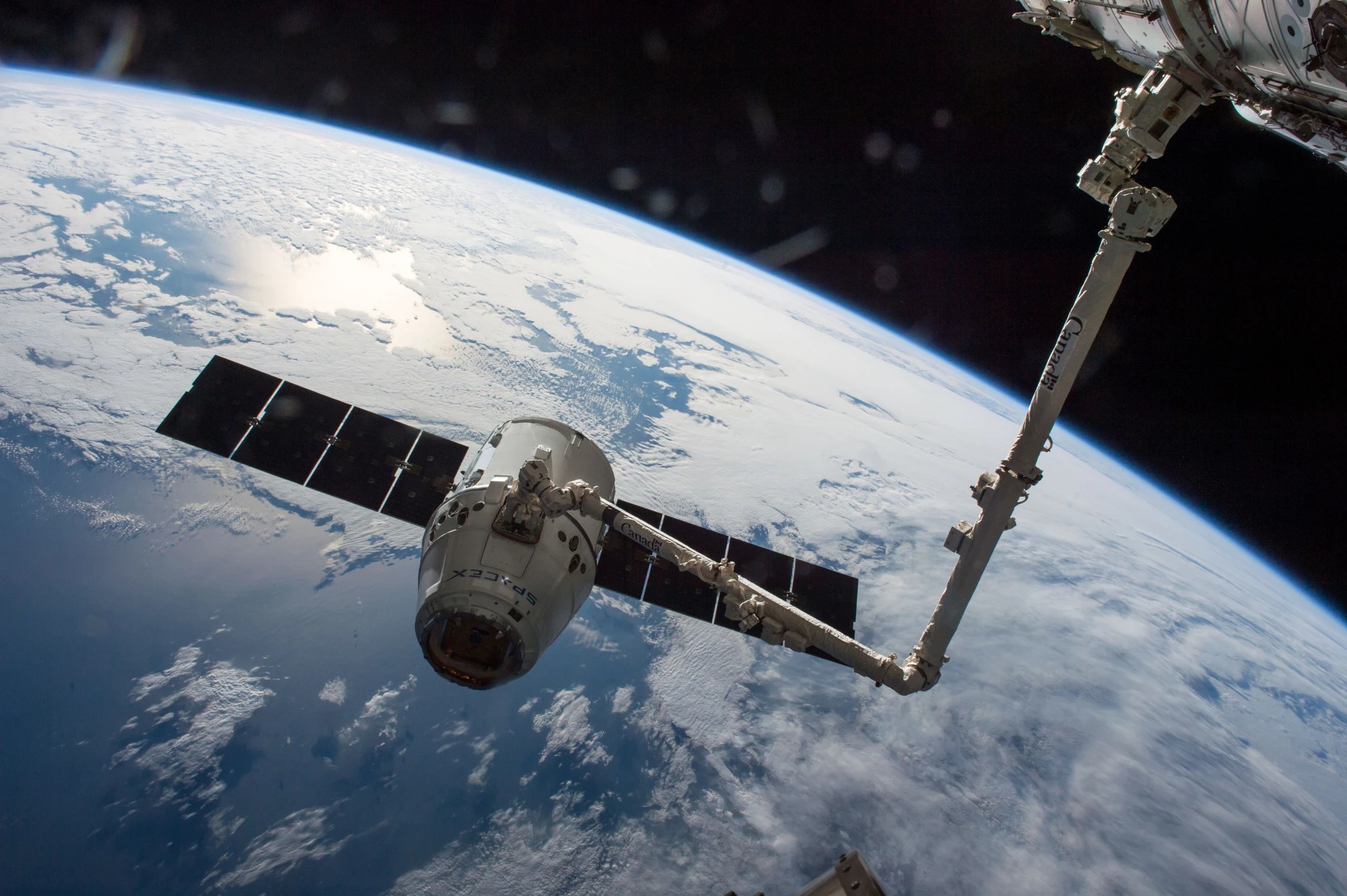Working Groups
NASA's Science Mission Directorate acquires community input, independent evaluation, and advice through three principal means. First, the various boards and committees of the National Research Council advise NASA on a variety of matters in science, applications, technology, and multi-program planning. Second, the NASA Advisory Council, or NAC, advises us on program priorities and planning. Finally, the science community provides input to the directorate in developing roadmaps for each science discipline area.
NAC Heliophysics Subcommittee
Heliophysics Subcommittee Members and Recommendations
NASA receives ongoing tactical-level advice from the science community through the NASA Advisory Council and its Science Committee and Subcommittees.
Heliophysics Roadmap Team
Recommended Roadmap for Science and Technology.pdf
PDF, 21 MB (2013) This document represents an input of the U.S. heliophysics science community into the strategic planning process for the NASA Science Directorate for the period 2014-2033. NASA Headquarters charged the roadmap team with crafting a sustainable science program achievable within NASA's resources. We charted a roadmap to enable first-rate science and encourage new discoveries and partnership opportunities. Our plan is designed to withstand changes in available funding, implementation costs, and limits in launcher availability.
Subpanel for Heliophysics Science and the Moon
Heliophysics Science and the Moon (PDF)
PDF, 2.2 MB (2007) This report addresses two distinct complementary roles that Heliophysics science plays within the framework of the Vision for Space Exploration. First, the meaningful advances in our scientific understanding of basic plasma science will be realized by the era of lunar exploration. And second, a greater understanding of heliophysics science will be a critical enabling component for the exploration initiative. This new science is enabled by NASA's exploration initiative and enabling science that is critical to ensuring a safe return to the Moon and onward to Mars.
The Sun
The sun is a dynamic star, made of super-hot ionized gas called plasma.
The sun's surface and atmosphere change continually, driven by the magnetic forces generated by this constantly-moving plasma. The sun releases energy in two ways: the usual flow of light that illuminates the Earth and makes life possible; but also in more violent and dramatic ways--it gives off bursts of light, particles, and magnetic fields that can have ripple effects all the way out to the solar system's magnetic edge.

Magnetospheres
A magnetosphere is the region around a planet dominated by the planet's magnetic field.
Other planets in our solar system have magnetospheres, but Earth has the strongest one of all the rocky planets: Earth's magnetosphere is a vast, comet-shaped bubble, which has played a crucial role in our planet's habitability. Life on Earth initially developed and continues to be sustained under the protection of this magnetic environment.

Space Weather
Though space is about a thousand times emptier than even the best laboratory vacuums on Earth, it’s not completely devoid of matter.
The sun’s constant outflow of solar wind fills space with a thin and tenuous wash of particles, fields, and plasma. This solar wind, along with other solar events like giant explosions called coronal mass ejections, influences the very nature of space and can interact with the magnetic systems of Earth and other worlds. Such effects also change the radiation environment through which our spacecraft – and, one day, our astronauts headed to Mars – travel.

































